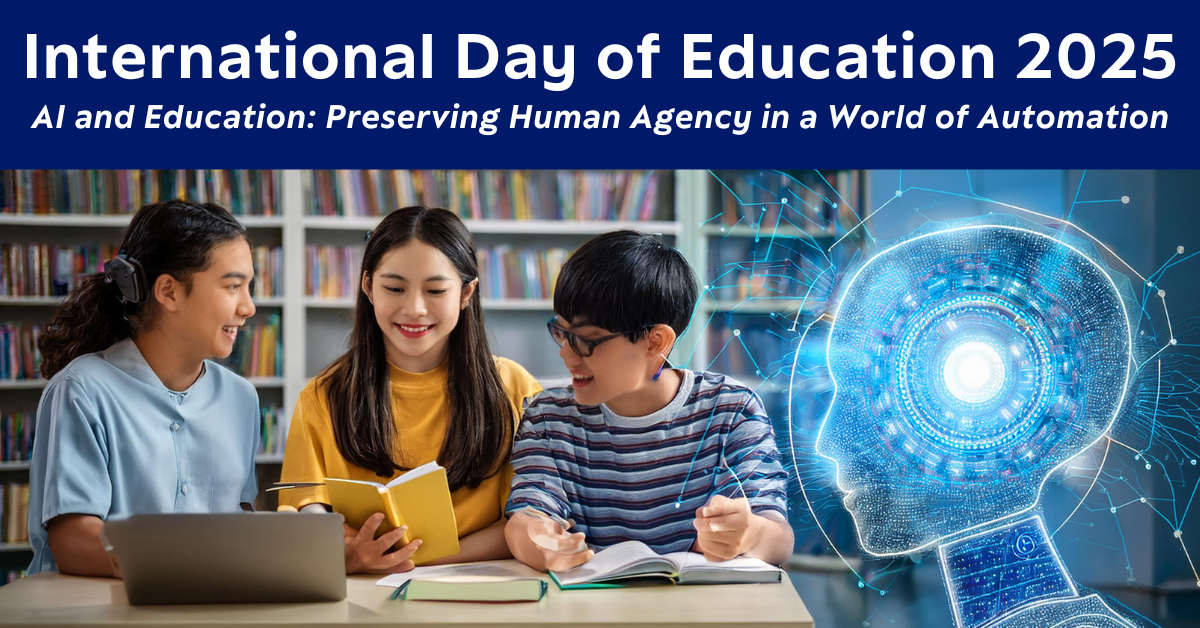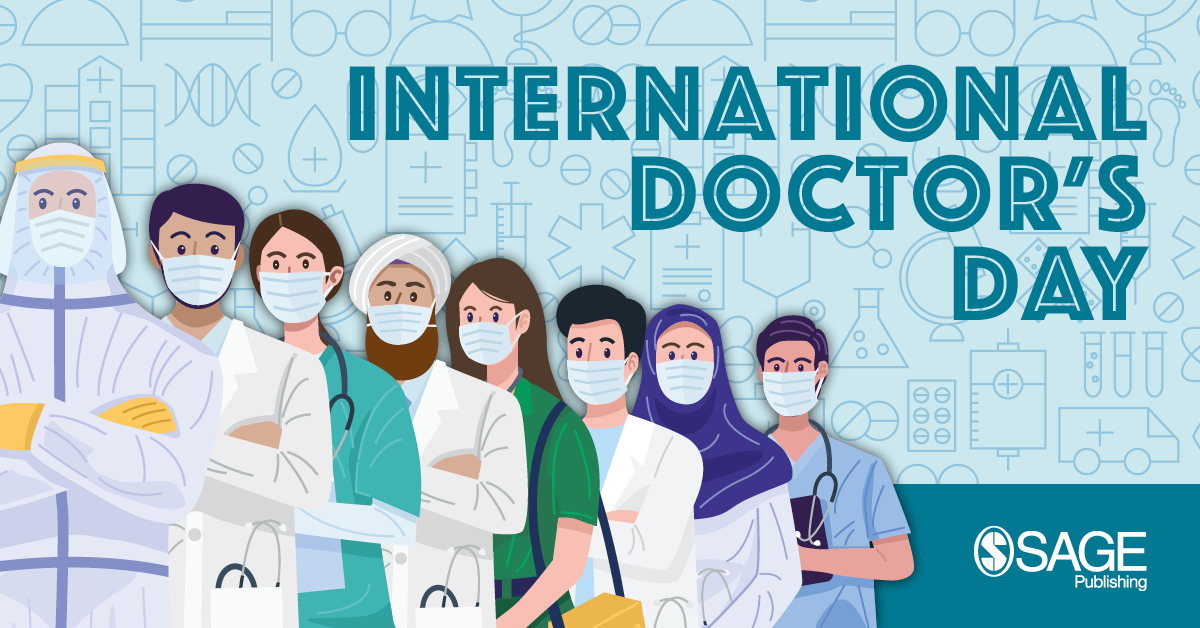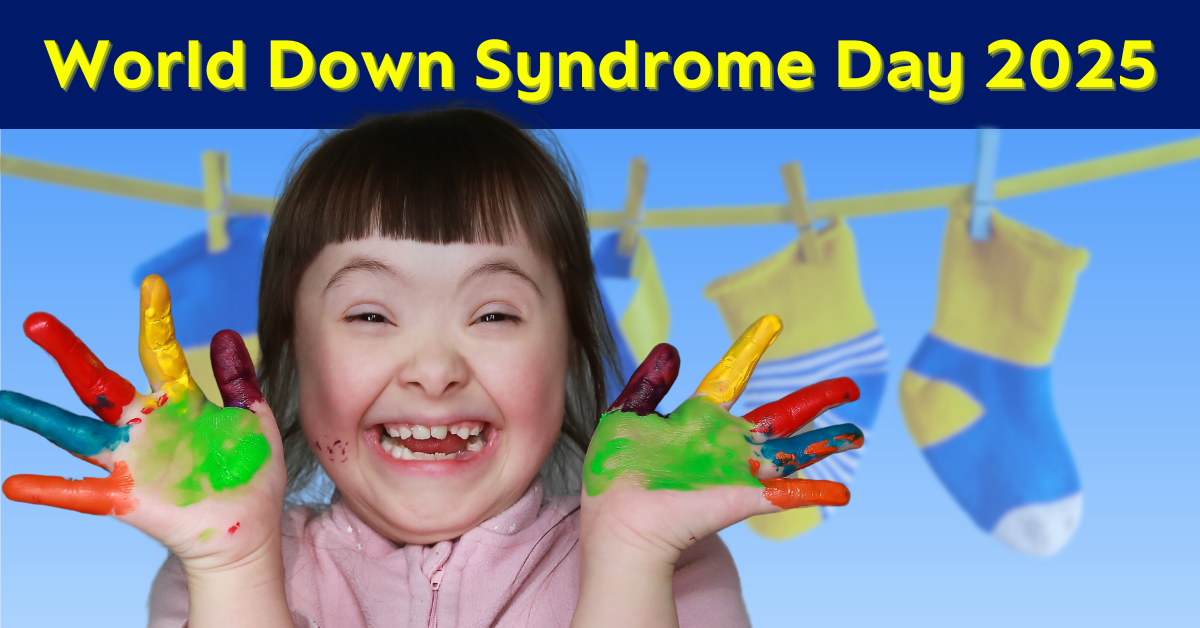
Every year on April 2nd, the global community observes World Autism Awareness Day, a time dedicated to increasing understanding and acceptance of individuals on the autism spectrum. Since its inception in 2008, this day has played a pivotal role in promoting the rights and well-being of autistic individuals. In 2025, the theme "Embracing Neurodiversity in the Digital Age" highlights the intersection of neurodiversity and technology, emphasizing the potential of digital platforms to empower autistic individuals.
Embracing Neurodiversity in the Digital Age
The concept of neurodiversity recognizes neurological differences as natural variations of the human brain, rather than disorders that need to be "fixed." This perspective has gained traction in both research and advocacy, shifting societal views on autism (Hirota, Cheon, & Lai, 2024).
In today’s digital landscape, technology offers unprecedented opportunities for autistic individuals. For example, digital tools like mobile health applications are being developed to assess autism risk during early childhood, making early intervention more accessible, especially in low-resource settings (Dubey et al., 2023). Additionally, assistive technologies, such as virtual reality and interactive software, are improving daily living skills, communication, and social interaction for autistic individuals (Klavina et al., 2024). These advancements highlight how technology is revolutionizing autism support systems.
Voices from the Spectrum
Digital platforms have become instrumental in shaping autism identity. Research has shown that social media allows autistic individuals to express themselves, find communities, and share their lived experiences in ways that were not possible before (Botha et al., 2024).
Furthermore, an international group of autistic scholars has explored the origins of the neurodiversity concept, emphasizing that it was developed collectively by the autistic community rather than imposed by external researchers (Botha et al., 2024). This highlights the importance of centering autistic voices in discussions surrounding autism and neurodiversity.
Community Initiatives and Innovations
1. Virtual Support Communities
Online forums, social media groups, and platforms such as NeuroClastic and The Autistic Self Advocacy Network (ASAN) offer autistic individuals safe spaces to share experiences, seek advice, and build supportive networks. These digital communities foster belonging and self-advocacy.
2. Assistive Technologies
Innovations such as augmentative and alternative communication (AAC) apps, sensory-friendly tools, and AI-driven learning aids have enhanced accessibility for autistic individuals (Klavina et al., 2024). These tools allow autistic individuals to communicate and engage in everyday activities on their own terms.
Educational Resources and Activities
To promote awareness and understanding, educators and parents can leverage digital tools such as:
- Online Workshops and Webinars: Virtual training sessions help teachers and caregivers learn best practices for supporting autistic individuals in educational settings.
- Interactive Learning Modules: Digital resources like autism simulations and empathy-building games foster greater inclusion and understanding among neurotypical individuals (Mayer et al., 2023).
Fostering Acceptance and Inclusion
Engage in Online Campaigns
Participating in virtual events, social media campaigns, and online discussions can help spread accurate information about autism. Digital platforms can also amplify autistic voices and challenge harmful stereotypes.
Support Digital Literacy for Autistic Individuals
Ensuring that autistic individuals have access to digital literacy programs is essential for helping them navigate online spaces safely and confidently (Mayer et al., 2023). Programs focusing on cyber safety, online communication, and self-advocacy can empower autistic individuals to use technology to their advantage.
Reflecting on Progress and Future Goals
As we observe World Autism Awareness Day 2025, it is clear that technology is transforming the way we understand, support, and celebrate neurodiversity. By embracing digital inclusion, assistive technologies, and online communities, we can foster a society that values and empowers every individual, regardless of their neurotype.
References
Botha, M., Chapman, R., Giwa Onaiwu, M., Kapp, S. K., Stannard Ashley, A., & Walker, N. (2024). The neurodiversity concept was developed collectively: An overdue correction on the origins of neurodiversity theory. Autism, 28(6), 1591-1594. https://doi.org/10.1177/13623613241237871
Dubey, I., Bishain, R., Dasgupta, J., Bhavnani, S., Belmonte, M. K., Gliga, T., Mukherjee, D., Lockwood Estrin, G., Johnson, M. H., Chandran, S., Patel, V., Gulati, S., Divan, G., & Chakrabarti, B. (2023). Using mobile health technology to assess childhood autism in low-resource community settings in India: An innovation to address the detection gap. Autism, 28(3), 755-769. https://doi.org/10.1177/13623613231182801
Hirota, T., Cheon, K.-A., & Lai, M.-C. (2024). Neurodiversity paradigms and their development across cultures: Some reflections in East Asian contexts. Autism, 28(11), 2685-2689. https://doi.org/10.1177/13623613241285678
Klavina A, Pérez-Fuster P, Daems J, et al. The use of assistive technology to promote practical skills in persons with autism spectrum disorder and intellectual disabilities: A systematic review. DIGITAL HEALTH. 2024;10. https://doi.org/10.1177/20552076241281260
Mayer, Y., Cohen-Eilig, M., Chan, J., Kuzyk, N., Glodjo, A., & Jarus, T. (2023). Digital citizenship of children and youth with autism: Developing guidelines and strategies for caregivers and clinicians to support healthy use of screens. Autism, 28(4), 1010-1028. https://doi.org/10.1177/13623613231192870





